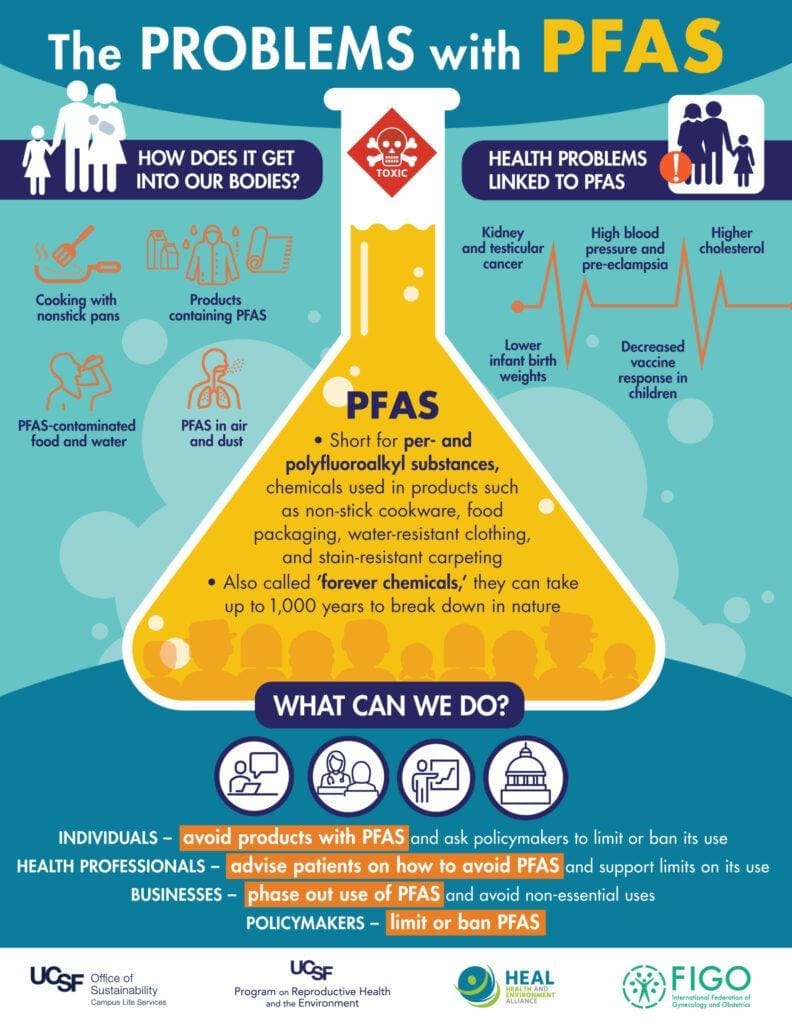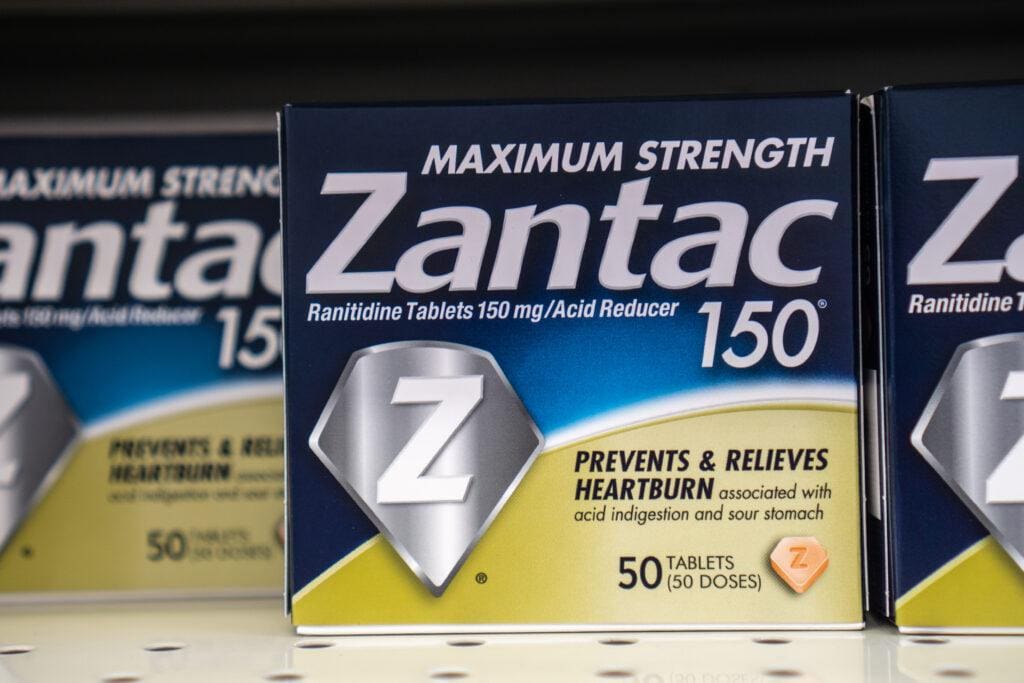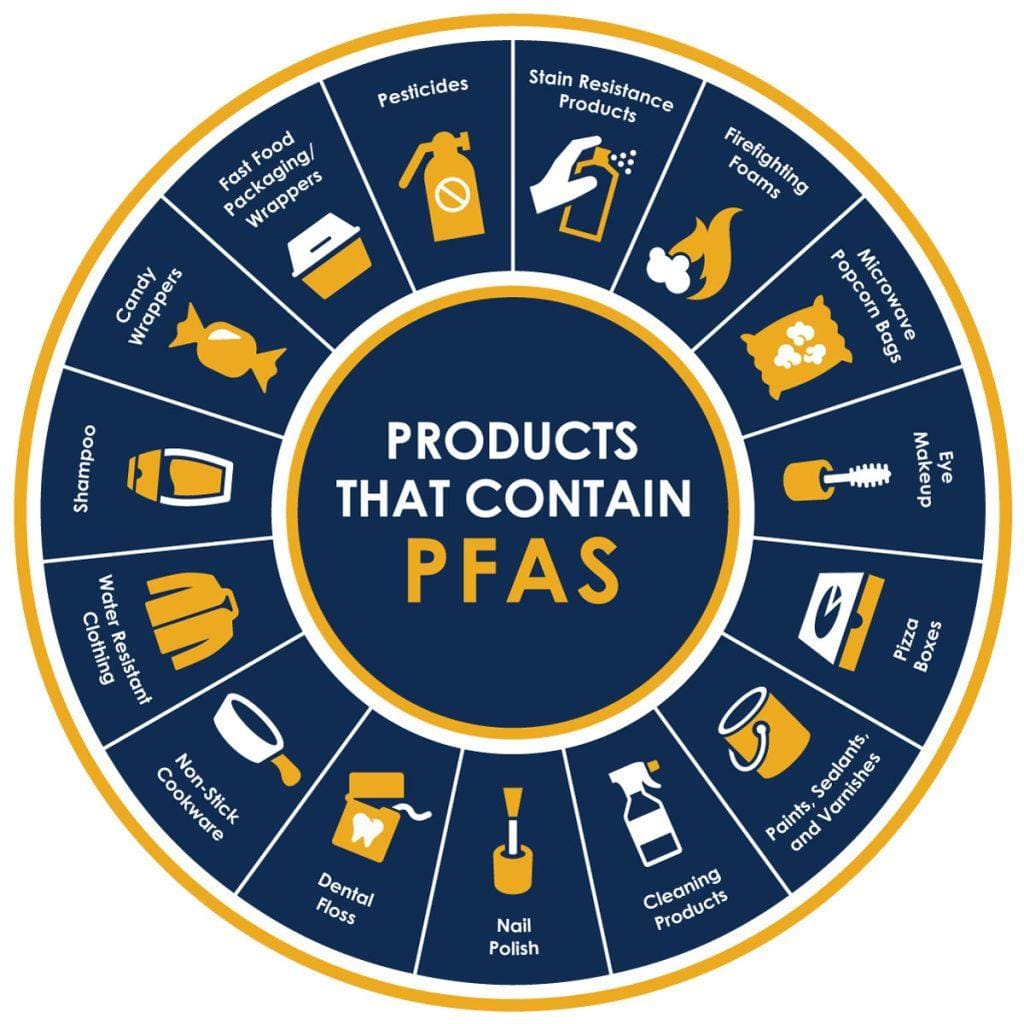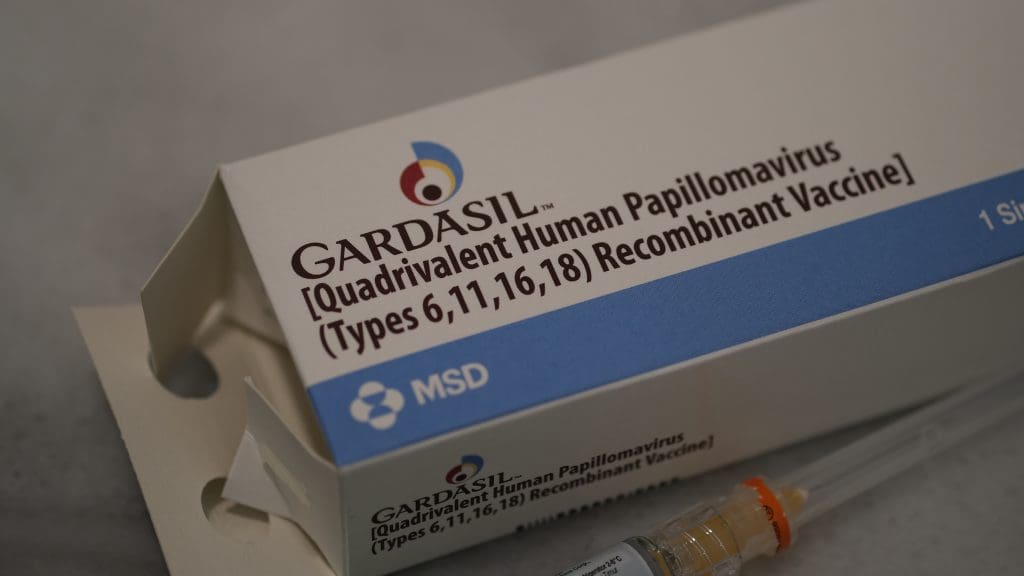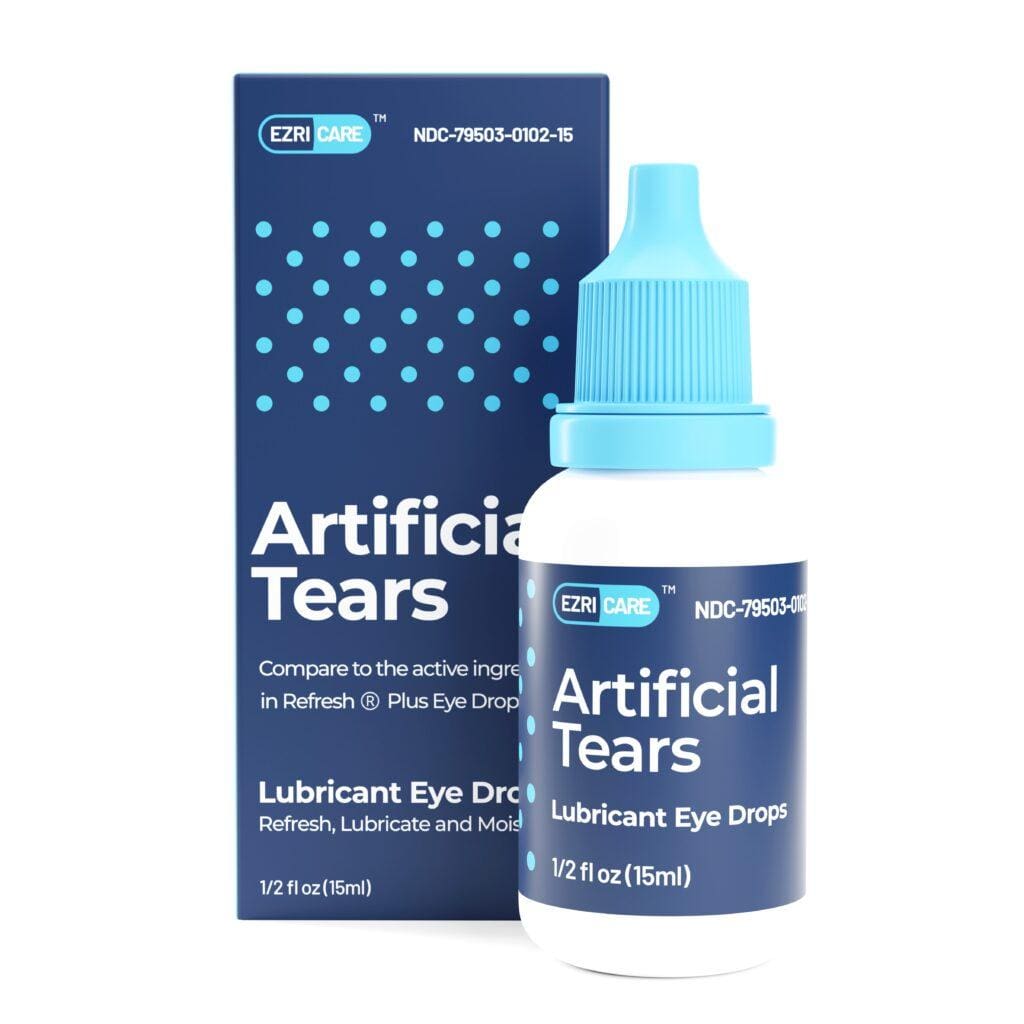Overview Of Valsartan Litigation
Valsartan, a medication commonly prescribed for treating high blood pressure and heart failure, has been at the center of numerous lawsuits due to contamination concerns. The litigation primarily stems from findings that certain batches of Valsartan were tainted with probable carcinogens such as N-nitrosodimethylamine (NDMA) and N-nitrosodiethylamine (NDEA). These contaminants are byproducts of the manufacturing process, mainly when it involves changes in chemical synthesis methods or inadequate quality control measures.

The issue first came to light in 2018 when several pharmaceutical companies initiated recalls after detecting these impurities. Subsequently, patients taking the contaminated valsartan filed lawsuits against manufacturers and distributors. The claims generally argue that the defendants failed to ensure the safety and efficacy of their products, thereby exposing consumers to significant health risks without adequate warning.
Litigation has expanded over the years as more affected individuals have come forward. Plaintiffs typically seek compensation for medical expenses, pain and suffering, lost wages, and punitive damages to penalize negligent practices. Courts have seen an influx of multidistrict litigation (MDL), allowing for consolidated pretrial proceedings while preserving individual case specifics.
As we move into 2024, updates in Valsartan litigation continue to unfold. Legal experts closely monitor ongoing trials, settlements, and regulatory actions that may influence future lawsuits. This evolving legal landscape underscores heightened scrutiny over pharmaceutical manufacturing practices and consumer safety standards going forward.
Recent Developments In Valsartan Lawsuits
Recent developments in Valsartan lawsuits have seen a series of pivotal moments that could significantly impact the trajectory of ongoing and future cases. As of early 2024, numerous claimants continue to allege that the blood pressure medication Valsartan, contaminated with potentially carcinogenic impurities such as N-nitrosodimethylamine (NDMA), has led to serious health issues including various forms of cancer.
In late 2023, several federal and state courts consolidated many individual lawsuits into multidistrict litigation (MDL), aiming to streamline pretrial proceedings and facilitate more efficient resolutions. This consolidation marks a critical step in addressing the widespread allegations, allowing for coordinated discovery processes and potentially paving the way for mass settlements.
One notable development is the increased involvement of high-profile law firms specializing in pharmaceutical litigation, which has intensified public scrutiny and brought more attention to the potential risks associated with Valsartan. These firms leverage their resources to build robust cases, often featuring expert testimonies from medical professionals who can substantiate claims about the drug’s harmful effects.
Moreover, recent court rulings have been somewhat favorable to plaintiffs. Several judges have denied motions by defendants—primarily pharmaceutical companies—to dismiss cases on procedural grounds. This has allowed many lawsuits to proceed to the discovery phase, where evidence regarding contamination levels and corporate negligence can be thoroughly examined.
As these legal battles progress through 2024, plaintiffs and defendants brace for significant developments that could influence settlement negotiations or lead to landmark verdicts. The outcomes of these cases will likely shape regulatory policies surrounding drug safety standards moving forward.
Key Cases And Verdicts In 2024
As the Valsartan litigation landscape evolves in 2024, several key cases and verdicts have emerged that significantly shape the ongoing legal discourse. One of the most prominent cases involves multidistrict litigation (MDL), which has consolidated numerous lawsuits nationwide. The MDL aims to streamline pretrial processes and address common questions of fact regarding the contamination of valsartan with N-nitrosodimethylamine (NDMA), a probable human carcinogen.
In early 2024, a landmark verdict was reached in one of the bellwether trials within this MDL framework. The jury favored the plaintiffs, awarding substantial compensatory and punitive damages. This verdict underscores the severity of harm caused by contaminated valsartan and sets a precedent for future cases, potentially influencing settlement negotiations and trial strategies for other plaintiffs.
Another significant case involved a class-action lawsuit wherein consumers claimed economic losses from purchasing tainted medication. In this instance, the court ruled that pharmaceutical companies failed to ensure product safety and transparency, leading to a considerable financial settlement aimed at reimbursing affected consumers. Additionally, individual state courts have seen notable decisions. In one high-profile state court case, the judge denied motions for dismissal filed by defendant pharmaceutical companies, allowing claims related to personal injury and wrongful death to proceed toward trial.
This ruling is pivotal as it reinforces that plaintiffs can hold manufacturers accountable under state laws even as broader federal proceedings unfold.
Legal Perspectives On Valsartan Contamination Claims
The ongoing Valsartan lawsuits have sparked significant interest and concern within the legal community, primarily due to the severe health risks posed by contamination in this widely used medication. Valsartan, a popular drug prescribed for high blood pressure and heart failure, was found to contain impurities such as N-nitrosodimethylamine (NDMA) and N-nitrosodiethylamine (NDEA), both classified as probable human carcinogens. These revelations have led to legal claims against manufacturers and distributors.
From a legal perspective, these lawsuits hinge on several critical factors. Firstly, plaintiffs need to establish causation—demonstrating that their injuries or illnesses directly result from contaminated valsartan. This involves intricate scientific evidence linking NDMA or NDEA exposure to specific health outcomes like cancer. Additionally, there are questions of negligence and breach of duty. Plaintiffs argue that manufacturers failed to ensure the safety and purity of their products.
This includes lapses in quality control during production processes, insufficient contamination testing, and inadequate warnings about potential risks associated with the drug. Defense attorneys typically counter these claims by challenging the causation evidence or arguing that contamination levels were too low to cause harm. They may also contend that they complied with existing regulations during manufacturing. Moreover, regulatory responses play a crucial role in these cases.
Agencies like the FDA have issued recalls and conducted investigations into manufacturing practices, which can influence court proceedings by providing official findings on contamination levels and safety protocols. In summary, Valsartan contamination lawsuits present complex legal challenges involving detailed scientific testimony and rigorous scrutiny of pharmaceutical industry standards.
Impact On Patients And Healthcare Providers
The ongoing Valsartan lawsuits, carried into 2024, continue to profoundly impact patients and healthcare providers. Patients who rely on Valsartan for managing their hypertension or heart conditions have faced significant health risks due to contamination of the drug with potentially carcinogenic impurities like N-nitrosodimethylamine (NDMA). The revelation of these contaminants has led to heightened anxiety among patients, many of whom have experienced adverse health effects or are living with the uncertainty of potential long-term consequences.
For patients, the emotional toll is compounded by the practical challenges of switching medications and undergoing additional medical tests to monitor their health. The trust between patients and pharmaceutical companies has been severely eroded, leading to increased skepticism about medication safety. This erosion of trust extends to healthcare providers as well, who must navigate the difficult terrain of reassuring and treating affected patients while grappling with their concerns about prescribing potentially unsafe medications.
Healthcare providers are tasked with addressing the immediate medical needs caused by the contamination and must manage logistical issues such as finding suitable alternative treatments. This situation has increased workloads for physicians, pharmacists, and other healthcare professionals who need to stay updated on recalls and emerging safety information. Additionally, they face potential legal implications themselves if they continue prescribing valsartan after initial warnings were issued.
Overall, the Valsartan lawsuits underscore a critical need for improved regulatory oversight and transparency in drug manufacturing processes. Both patients and healthcare providers are left advocating for more robust safeguards to prevent similar incidents in the future while dealing with current repercussions that strain an already overburdened healthcare system.
Future Outlook For Valsartan Legal Actions
The future outlook for Valsartan’s legal actions remains complex and multifaceted, influenced by ongoing scientific research, regulatory responses, and emerging legal precedents. As of 2024, many plaintiffs who have filed lawsuits against Valsartan manufacturers await trial dates or settlement offers. The crux of these lawsuits revolves around allegations that the drug, contaminated with probable carcinogens like N-nitrosodimethylamine (NDMA), has led to serious health issues, including cancer.
One key factor shaping the future of these legal actions is the continuing investigation into how these contaminants entered the supply chain. More evidence showing negligence or lapses in quality control by pharmaceutical companies could bolster plaintiffs’ cases and potentially lead to larger settlements or verdicts. Conversely, manufacturers may mitigate their liability if they can adhere to industry standards and regulatory requirements during production.
Regulatory bodies like the FDA are crucial in setting new guidelines for acceptable medication impurities. Stricter regulations could force pharmaceutical companies to implement more rigorous testing protocols, reducing the risk of future contamination but possibly leading to increased costs and supply chain delays. Additionally, the evolving landscape of mass tort litigation will likely influence individual cases and class action suits.
Both plaintiffs’ attorneys and defense teams will employ legal strategies honed through past pharmaceutical litigations. The decisions made in early trials could set important precedents that impact subsequent cases.
For a more detailed look at how the ZeroRisk Compliance Program™ can revolutionize your firm’s mass tort case acquisition and lead generation practices, visit us at https://www.zeroriskcases.com.
https://calendly.com/zeroriskcases
CALL 833-937-6747 OR USE OUR REQUEST A QUOTE FORM.
Edward Lott, Ph.D., M.B.A.
ZeroRisk Cases®
Call 833-ZERORISK (833-937-6747) x5
